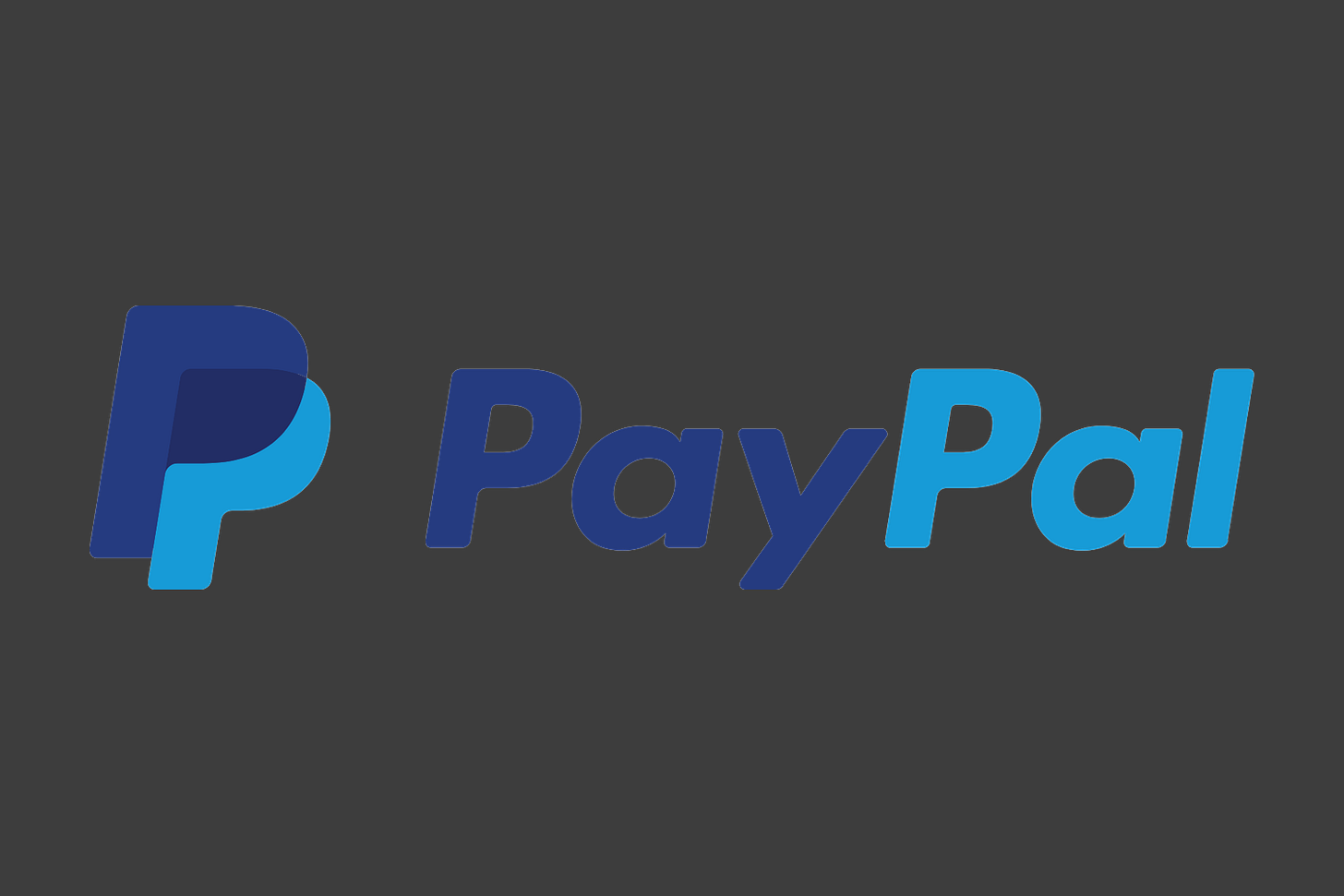Interview Experience - PayPal | Software Engineer 3 | SE 3 | T24
Summary
📌 Job Role: Software Development Engineer
🔢 Number of Rounds: 5
📜 Offer Status: Rejected
📍 Location: Bangalore
👤 Candidate Name: Not disclosing due to signed NDA
Interview Process
The interview process at PayPal for the Software Engineer 3 position in Bangalore consisted of 5 rounds:
HackerRank Test
Technical Round One
Technical Round Two (Onsite)
Design Round (LLD and HLD)
Hiring Manager Round
The process started with an online coding test, followed by two rounds of technical interviews. It then moved to a design round involving both high-level and low-level design, and finally concluded with a hiring manager round which was more like a machine coding assignment.
Preparation Guide
While the candidate did not mention specific preparation sources, familiarity with LeetCode medium-level problems, core DSA, and Spring Boot-based backend development appears to be critical to tackling PayPal’s interview process. System design skills, especially with a focus on scalability and real-world applications, played a vital role.
💡 Did you know? In system design interviews, explaining trade-offs (e.g., SQL vs NoSQL or synchronous vs asynchronous processing) often weighs more than arriving at a "perfect" design.
Interview Rounds
Round 1: HackerRank Test
Duration: ~90 minutes
Difficulty Level: Medium
Experience
The first round was an online coding test hosted on HackerRank. It consisted of two medium-level LeetCode-style problems. Unfortunately, the candidate does not recall the exact questions but categorized them as standard algorithmic problems.
Key Learnings
Having a strong grasp of common coding patterns, especially around strings and arrays, can be extremely helpful in these kinds of assessments.
Round 2: Technical Round One
Duration: ~60 minutes
Difficulty Level: Medium
Experience
This round involved problem-solving and discussing multiple approaches. The interviewer asked:
Find a number in an array: The candidate discussed various methods including binary search, linear search, and using a Set data structure.
Find the longest repeating substring in a string: For a string like
"abcdijkijkastabcduast", the expected answer was"abcd". The candidate provided a solution but expressed uncertainty about its optimality.
Key Learnings
The ability to discuss multiple problem-solving strategies, their trade-offs, and when to use which can reflect deeper understanding, even if the code isn't perfect.
Round 3: Technical Round Second (Onsite)
Duration: ~75 minutes
Difficulty Level: Medium
Experience
This was an onsite round conducted by an interviewer from the U.S. It involved three focused coding problems:
Find the kth largest element in an array: A standard LeetCode problem, generally solved using heaps or quickselect.
Find the intersection of two lists: The discussion also included how complexity changes if the lists are sorted vs unsorted.
String compression: For example, input:
aabbbcdde→ output:a2b3cd2e.
Key Learnings
This round tested algorithmic depth, as well as clarity in writing clean, working code. Understanding space-time trade-offs and edge case handling was crucial.
Round 4: Design Round
Duration: ~60 minutes
Difficulty Level: Hard
Experience
This round involved both Low-Level Design (LLD) and High-Level Design (HLD). The task was to design a parking lot system with the following requirements:
Multi-floor support
Online booking of parking slots
Handling of multiple vehicle types
Scalable architecture
Database design and choice of database
The interviewer was keen on evaluating the candidate’s ability to balance practical and scalable system design.
Key Learnings
The design round emphasized end-to-end thinking — from how the user interacts with the system to how the data flows and gets stored. Knowledge of design patterns, microservices, and data modeling was vital.
Round 5: Hiring Manager Round
Duration: ~60 minutes
Difficulty Level: Hard
Experience
Unlike traditional managerial rounds, this was more like a machine coding round. The candidate was given a Spring Boot application and asked to:
Create an endpoint to retrieve an employee ID from the database.
Create another endpoint to save employee data into the database, with a mix of optional and mandatory fields.
Although the implementation was mostly completed within 30–40 minutes, the interviewer seemed unsatisfied. Feedback mentioned that the solution lacked:
Proper use of design patterns
Exception handling
Idempotency handling
The rejection came the next day, but unfortunately, no further feedback was provided.
Key Learnings
This round was a reminder that production-readiness — not just logic — is key at senior engineering levels. Concepts like idempotency, proper exception handling, and using best practices (like DTOs and service layers) are expected.Final Thoughts
The PayPal interview process for SE 3 was thorough, with a strong emphasis on practical coding skills, design ability, and backend development using Spring Boot. While the candidate was well-prepared on problem-solving, the lack of focus on clean architecture and real-world code quality expectations likely affected the final outcome.
Takeaways for Future Candidates:
Brush up on Spring Boot REST API design, especially with real-world expectations in mind (validation, design patterns, exception handling).
Design rounds can include both LLD and HLD, so practice end-to-end systems like parking lot, library system, etc.
Even in non-managerial rounds, clarity of communication and code quality are critical.
If you’re aiming for mid-to-senior level roles, consider projects or mock interviews that test production-level thinking.




